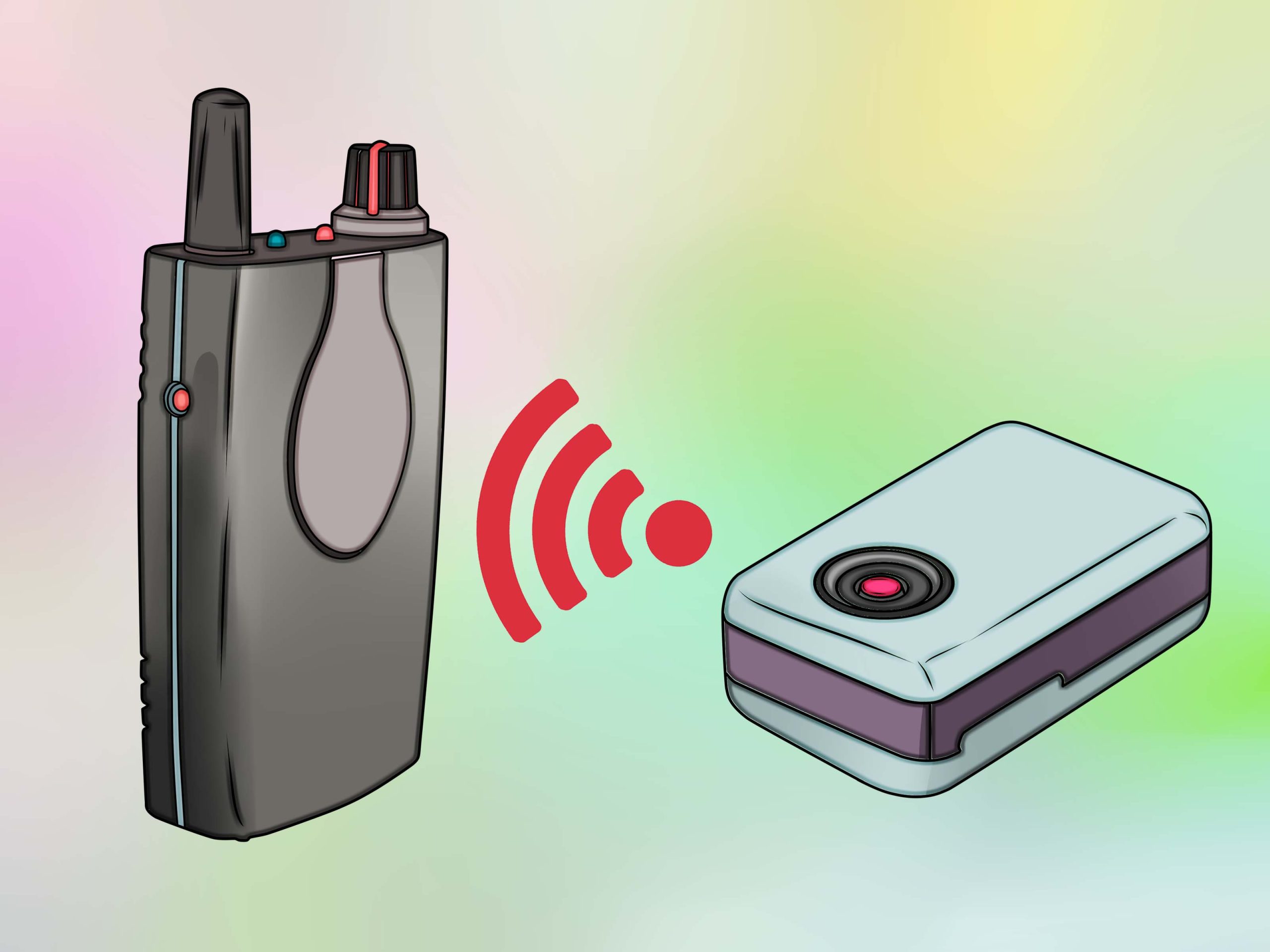
How to Find a GPS Tracker in Your Car in 5 Steps
Content
Using the right tools and methods, check the exterior and interior to find the GPS tracking device in your vehicle.
It is often believed that vehicle tracking devices are used by private detectives as a method of tracking a person's whereabouts. While this may be the case, vehicle tracking devices are more commonly used by the general public and companies. For example:
- Fleet companies to locate company vehicles.
- Taxi companies to send cars.
- Suspicious spouses to locate their significant other.
Trackers can be purchased online from a variety of sources that sell private investigation equipment or recreational spy equipment. They are also available from select retailers specializing in electronics, video surveillance, and GPS equipment. Because tracking devices use GPS or cellular technology to determine location, receiving data from a tracking device usually requires a subscription or service agreement.
There are two main types of vehicle tracking devices:
Monitor GPS tracking devices. A device used to transmit real-time location data has a device that operates much like a cell phone and transmits data at any time it is in motion, or in some cases at regular intervals. While some of them can be plugged into the vehicle for power, most are battery powered. Battery-powered tracking devices usually have a sensor that detects when the tracker is in motion and initiates power and signal transmission at that time, then shuts down after it hasn't moved for several minutes. Tracking data can be sent to a computer connected to the Internet or to a smartphone, which is very convenient.
Uncontrolled GPS tracking devices. They store waypoints on board and do not broadcast their location, but instead work as a portable GPS device. When the vehicle is in motion, the GPS tracking device collects waypoints at specified intervals as coordinates to be plotted later. Unmonitored devices are less expensive because they don't require a subscription to be monitored, but they must be retrieved and downloaded for tracking information.
Step 1: Know what you are looking for
If you suspect that someone is tracking your movements with a GPS or cellular tracking device, there are three ways to find the device if it is in use.
Most tracking devices are for legitimate tracking purposes and are not meant to be hidden. The ones that are specifically made to hide are usually placed on the outside of the car and require careful checking to find them.
Tracking devices look different depending on their manufacturer and purpose, but some general guidelines can help you find them on your vehicle. It usually looks like a small box with a magnetic side. It may or may not have an antenna or light. It will be small, usually three to four inches long, two inches wide, and an inch or so thick.
Make sure you have a flashlight so you can see into dark places in your car. You can also purchase an electronic sweeper and a telescopic mirror.
Step 2: Perform a Physical Examination
1. Check out the look
You want to check all the places where the tracker might be hidden. The tracking device placed on the outside of your vehicle must be weatherproof and compact.
Using a flashlight, check the front and rear wheel arches. Use your hand to feel around areas that are difficult to see. If the tracker is in a wheel well, its magnet will need to be attached to a metal piece, so look for plastic covers that don't need to be removed.
Look under the undercarriage. Use the pop-up mirror to look far under the car. Keep in mind: the undercarriage is heavily soiled. If a tracker is connected to it, it will probably be just as messy and require a discerning eye to spot it.
Look behind your bumpers. While most bumpers don't have much room to hide a tracker, this is the perfect place if you can find space inside.
Look under the hood. Raise the hood and look for the tracking device glued to the strut posts, firewall, behind the radiator, or hidden among the battery, air ducts, and other components. Note: It is unlikely that the tracker will be under the hood, as it will be exposed to temperatures that can damage its fragile electrical components.
Functions: The tracking device must be accessible to the party that installed it, so it is usually located in a location where it can be removed very quickly and discreetly. Your efforts are best applied to areas close to the edge of your vehicle.
2. Check out the interior
- Some tracking devices are simplified and plug directly into the data port under the dashboard on the driver's side. Check if the little black box is connected to the data port. If it is, it can be easily removed.
Look in the trunk - including the spare tire compartment. It can be located under the spare tire or in any other slot in the trunk.
Check under all seats. Use a flashlight to find anything that seems out of place, such as a small electrical module with no wires or with a couple of wires dangling. Compare the bottom of both front seats to determine if anything is abnormal. You can also check the edge of the seat upholstery for any bumps that might hide the tracking device. Also check under the rear seat if it is movable.
Examine the bottom of the dashboard. Depending on the make and model of your vehicle, you may or may not need to remove the cover under the driver's side. Once you've gained access, look for a device with a magnetic mount, although that's where you're most likely to find a wired device if you have one. Check for modules with wiring that is not neatly wrapped in vehicle wiring harnesses. On the passenger side, the glove box can usually be removed to find the tracking device inside.
- Functions: Other accessories such as remote start devices or power door lock modules can be connected under the dashboard. Before removing a device from under the dashboard that you suspect is a tracking device, check the brand or model number and look it up online. It may be a component that you don't want to remove.
Step 3: Use an electronic sweeper
This device has been seen in popular spy movies and it actually exists! It can be purchased online or from video surveillance retailers. The electronic sweeper checks for RF or cellular signal transmission and notifies the user of the electronic sweeper.
Sweepers come in all shapes and sizes, from a handle that hides the device to a small device the size of a cassette. They scan a wide range of radio frequencies and alert you to nearby signals with a beep, flashing light or vibration.
To use the bug detector or sweeper, turn it on and walk slowly around your vehicle. Place it near any place where you suspect a tracking device might be placed and in all the places mentioned above. A light, vibration or sound signal on the sweeper will indicate if there is a radio frequency nearby. The signal will indicate when you are approaching by turning on more lights or changing the tone.
- FunctionsA: Because some tracking devices only work while you're driving, ask a friend to drive your car while you look for the trackers.
Step 4: Seek professional help
Several industry professionals who regularly work with electronics can assist in finding a tracking device in your vehicle. Search:
- Alarm installers
- audio system specialists
- Licensed mechanics specializing in electrical systems
- Remote Run Installers
Professionals can identify GPS tracking devices that you may have missed. You can also hire a private investigator to check your vehicle - they may have more information on potential hideouts and what the device looks like.
Step 5Remove the tracking device
If you happen to find a GPS tracking device hidden in your car, it's usually easy to remove it. Because most trackers are battery powered, they are not connected to your vehicle. Make sure there are no wires connected to the device and simply unplug it. If it's taped or tied, carefully pry it off, making sure you don't damage any wiring or vehicle components. If it's magnetic, a slight tug will pull it out.
